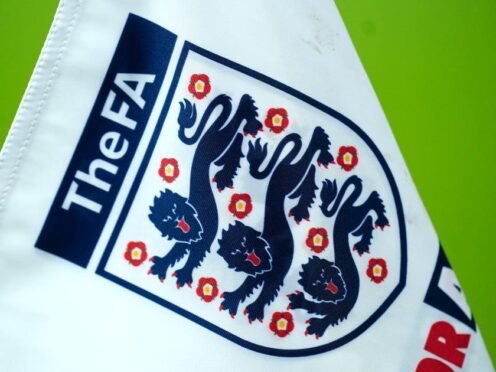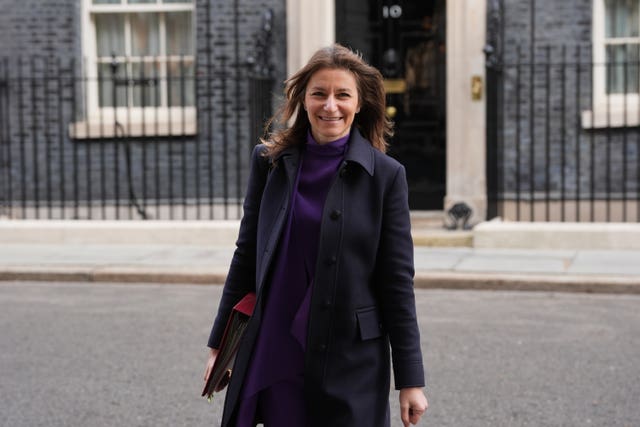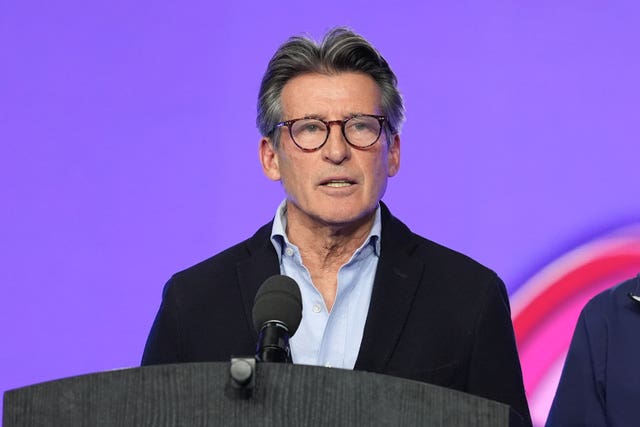
Football and cricket’s transgender inclusion policies are set to come under Government scrutiny at a meeting on Monday afternoon.
Culture Secretary Lucy Frazer has convened a gathering of national sports governing bodies to discuss developments related to this hugely controversial topic.
The Football Association and the England and Wales Cricket Board’s policies are under review, but do currently permit transgender women to compete in female competitions subject to certain conditions.

Frazer told Sky News last month: “I think it’s very important that women are able to compete against women and there’s an inherent unfairness, that if you’re not biologically a woman, you have a competitive advantage.
“And I think a number of sports have looked at this very carefully and come to the decision that it’s not appropriate to have women competing against people who are not biologically women.
“We’ve seen that in rowing. We’ve seen that in swimming. And I would encourage other sporting bodies to look at that very carefully.”
Transgender women can play in adult female competitions governed by the FA provided their testosterone levels are within the natal female range for an appropriate period of time.
The ECB’s current transgender policy allows a trans woman to play in any female-only competition governed by the ECB and states that those individuals “should be accepted in the gender with which they identify”. The same principle applies at professional and England pathway level, subject to the trans woman being given written clearance to participate.
The ECB also has a separate disparity policy which can be applied when safety concerns are raised around differences in strength, stamina and physique, for example.
The policy covers safety matters for all players regardless of gender, but where safety concerns arise as a result of a trans woman participating in a female-only competition in the recreational game, the practices, principles and procedures set out in the policy could be applied.
Transgender women were banned from female cricket at international level last year after a change in policy by the sport’s global governing body, the International Cricket Council.

It joined a number of other international federations, such as athletics, swimming and cycling, in stating that anyone who has been through any part of male puberty would no longer be eligible to play in international women’s cricket.
Following the ICC announcement, the ECB said in a statement: “We are currently consulting on our own transgender participation policy for the professional game in England and Wales and expect to reach a conclusion on this shortly.”
A recent BBC survey found more than 100 elite sportswomen were uncomfortable with transgender women competing in female categories in their sport.
A paper published last month in the Scandinavian Journal of Medicine and Science in Sports also said the International Olympic Committee (IOC) was wrong on current evidence to say in its framework on transgender inclusion there could be no presumed advantage to transgender women.
Transgender swimmer Lia Thomas is seeking to challenge World Aquatics rules introduced in 2022 which prohibit her from competing in the female category.
The rules are set to be challenged at the Court of Arbitration for Sport (CAS) by Thomas’ legal team on the grounds that they are discriminatory and that such discrimination “cannot be justified as necessary, reasonable, or proportionate to achieve a legitimate sporting objective”.

Enjoy the convenience of having The Sunday Post delivered as a digital ePaper straight to your smartphone, tablet or computer.
Subscribe for only £5.49 a month and enjoy all the benefits of the printed paper as a digital replica.
Subscribe